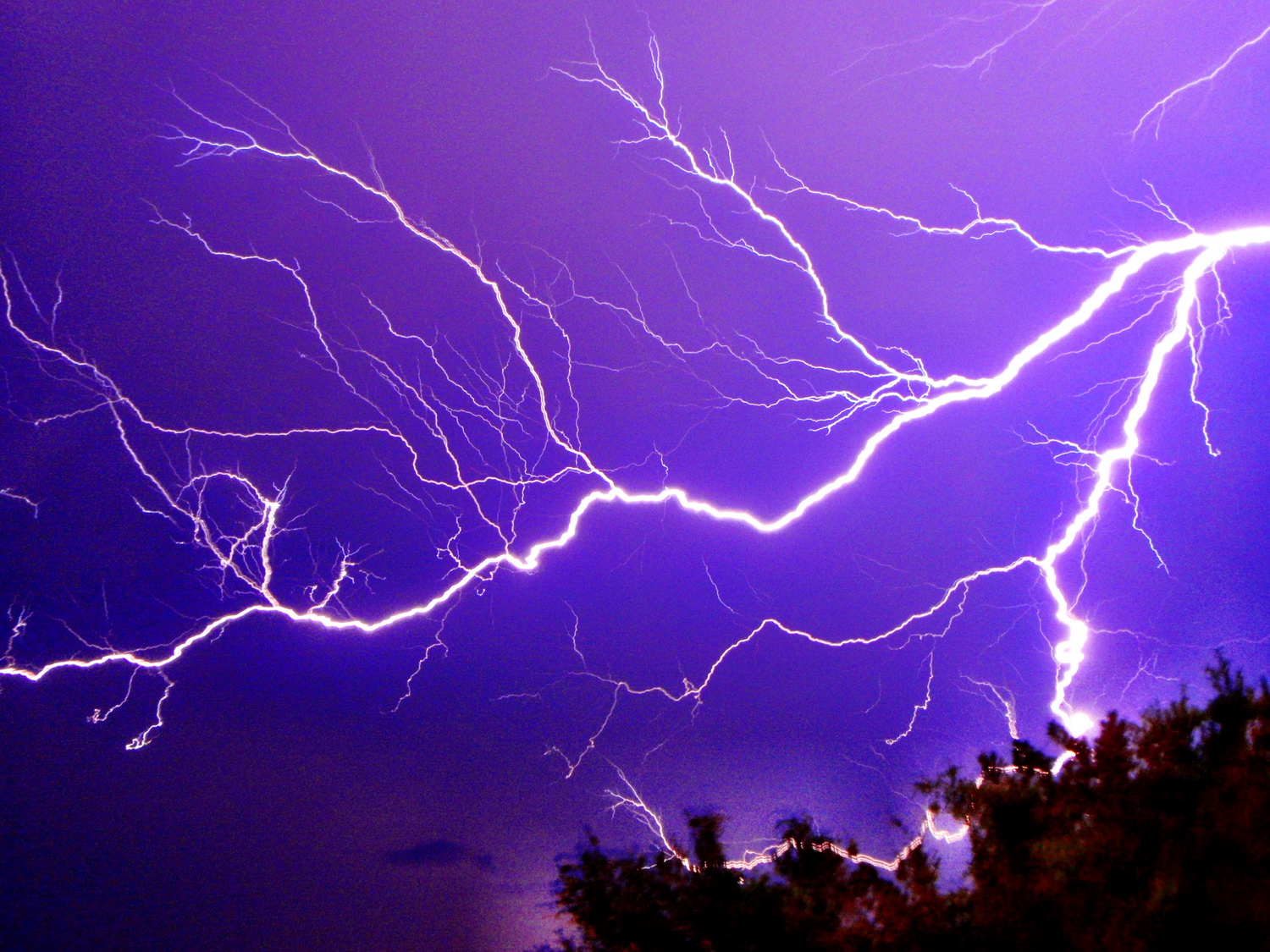Google has launched an ambitious project in a bid to bring the internet to rural areas – using balloons.
The top-secret, balloon-powered internet technology has been developed over the past 18 months by Google’s X division in California – where they previously created driverless cars and Google Glass (which put a computer into a pair of glasses, using the lenses to display information that only the wearer can see, such as maps to give directions as you walk through a city).
The online giant aims to build a network of balloons, floating high in the stratosphere, which would beam internet down to the earth below.
The Google engineers have been working out of a dilapidated brick warehouse in Christchurch, assembling balloons for the test.
It has launched 30 balloons into the skies 20 kilometres above Canterbury, and has around 50 testers ready to try to connect to them.
It is hoped that the “balloon-powered internet access” will eventually be rolled out around the globe, to form a ring which would enable people to connect to the web no matter where they are in the world.
Project Loon has been in development since mid-2011 by scientists at the Google X research lab, which has previously produced a driverless car and the Google Glass augmented reality spectacles.
The design lab plans to trial the internet balloons, which can stay in the air for up to 100 days, in Australia by mid-2014.
The Southern Hemisphere, specifically the 40th parallel south, has been chosen for the trial partly because of the stratospheric conditions, with the balloon’s movements controlled from the ground by harnessing winds and solar power.



